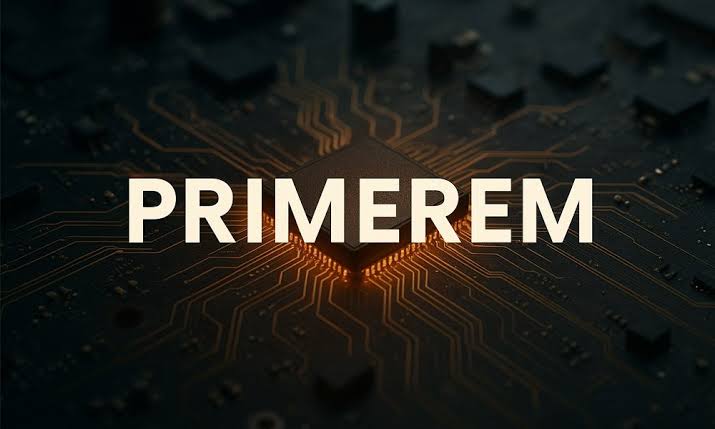What Is Duaction? Rethinking Human-Technology Collaboration
As technology continues to evolve, so too does the way we interact with it. Gone are the days when humans simply input commands and waited for a static response. In today’s dynamic digital environments, a new model is taking shape — one that blurs the line between operator and system. This concept is known as Duaction.
But what exactly is Duaction, and why is it becoming such an important idea in the fields of artificial intelligence, smart technology, and digital experience design? In this article, we’ll explore what Duaction means, how it works, its benefits, and why it represents the next step in meaningful human-technology relationships.
Understanding Duaction: A Two-Way Engagement Model
At its core, Duaction describes an interaction framework where both the user and the system are actively engaged in a continuous, real-time exchange. It moves beyond the traditional command-response model by creating a dynamic feedback loop, where both sides influence and adapt to one another.
In simpler terms:
- The user provides input — whether through text, speech, touch, or behavior.
- The system responds and adapts not just based on the initial input, but also by observing context, patterns, and feedback.
- The user then reacts to the system’s response, shaping the next step of interaction.
- This loop continues, creating a collaborative, personalized, and evolving experience.
How Is Duaction Different from Traditional Interaction?
Most digital systems people use daily — from websites to customer service chatbots — operate through one-way interaction. The user makes a request, and the system responds based on pre-programmed logic. The interaction typically ends there.
Duaction, by contrast, involves active, ongoing participation from both sides. It allows for:
- Real-time context awareness
- Adaptive system behavior based on human input
- Feedback mechanisms that refine system responses
- An interactive, shared experience rather than a passive transaction
It’s the difference between asking a smart assistant for the weather forecast and having a full conversation where the system learns your preferences and adapts how it delivers information over time.
Where Does Duaction Apply?
While still an emerging framework, Duaction is already shaping the way certain technologies and industries operate. Some notable areas where this model is gaining traction include:
1. Smart Home Systems
Modern home automation setups use Duaction principles by continuously monitoring user habits and adjusting settings accordingly. For example, your smart thermostat might not just follow a static schedule but learn when you tend to leave the house, responding to both commands and patterns.
2. Virtual Assistants and AI Companions
Digital assistants like those on smartphones or smart speakers are starting to evolve into interactive companions. They don’t just answer questions — they observe usage patterns, track preferences, and adapt their suggestions based on user feedback.
3. Healthcare Monitoring Apps
Personal health technologies now track real-time biometric data and adjust notifications, advice, and interventions based on user behavior and environmental conditions, creating a continuous loop of action and feedback.
4. Adaptive Learning Platforms
Educational tools are increasingly using Duaction models, adapting the difficulty of questions, types of learning material, and teaching strategies based on how a student interacts with the platform.
Key Components of Duaction-Based Systems
To deliver this type of experience, a Duaction-based system typically includes several core components:
1. Real-Time Data Capture
The system must be able to gather continuous input from the user or environment — whether that’s voice commands, movement, biometric readings, or click patterns.
2. Contextual Awareness
Unlike rigid systems, Duaction platforms monitor context. This means understanding not just what the user says, but when, where, and under what conditions.
3. Adaptive Response Algorithms
The technology behind Duaction can’t rely on static scripts. It needs learning algorithms capable of adjusting responses based on past interactions, preferences, and real-time conditions.
4. Feedback Integration
Successful Duaction requires a way to measure the effectiveness of its responses. Did the user engage positively? Did the interaction achieve the desired result? Systems must collect and process this feedback continuously.
Why Duaction Matters
In a world where personalization and human-centric technology are top priorities, Duaction represents a more natural, responsive way to interact with digital systems. It’s about building technology that listens, learns, and evolves — moving away from cold, one-sided commands toward collaborative digital relationships.
Benefits include:
- Better user experiences through personalized, contextual interactions.
- Increased efficiency by reducing friction and making systems smarter over time.
- Enhanced engagement as users feel understood and catered to by the systems they use.
- Improved outcomes in industries like healthcare, education, and business productivity where adaptability leads to better results.
Challenges of Implementing Duaction
While promising, Duaction-based systems also come with challenges:
- Privacy concerns as continuous data collection and analysis raise issues about consent and security.
- Technical complexity since real-time, adaptive systems require advanced AI, machine learning, and sensor technologies.
- Design difficulties in creating intuitive interfaces that balance human control with automated adaptation.
- Resource demands as these systems often require substantial computing power and data management infrastructure.
However, as technology improves and privacy frameworks evolve, these challenges are becoming more manageable.
The Future of Duaction
Looking ahead, Duaction will likely become a defining feature of next-generation digital environments. From interactive smart vehicles that adjust driving profiles in response to passenger moods, to virtual workspaces that learn your productivity patterns and organize tasks accordingly, the opportunities are vast.
Industries like telemedicine, personalized education, customer service AI, and smart cities are already investing in adaptive systems where Duaction principles guide design decisions.
Final Thought
In essence, Duaction is about moving from command-driven tools to partnership-driven systems. It acknowledges that technology isn’t merely a passive servant to human intention but can be an active participant in decision-making, learning, and shared experiences.
As more industries adopt this model, we can expect digital interactions to feel less mechanical and more intuitive, tailored, and human-like — creating a future where technology doesn’t just respond to us, but actively collaborates with us.






